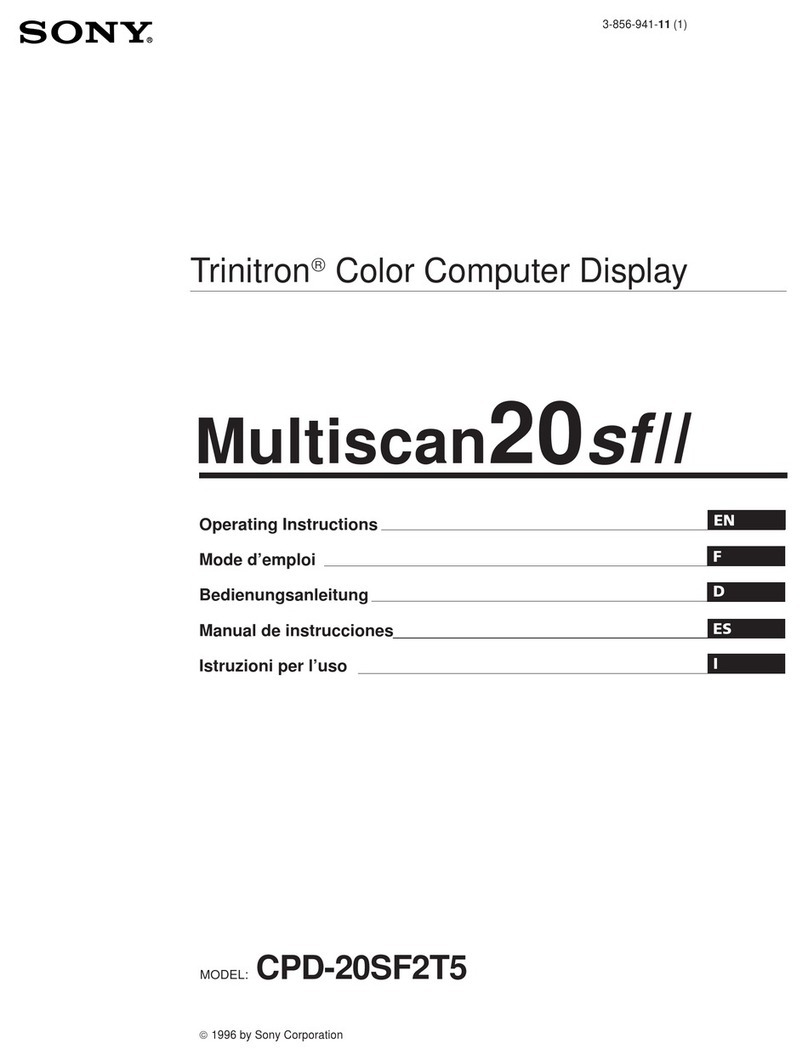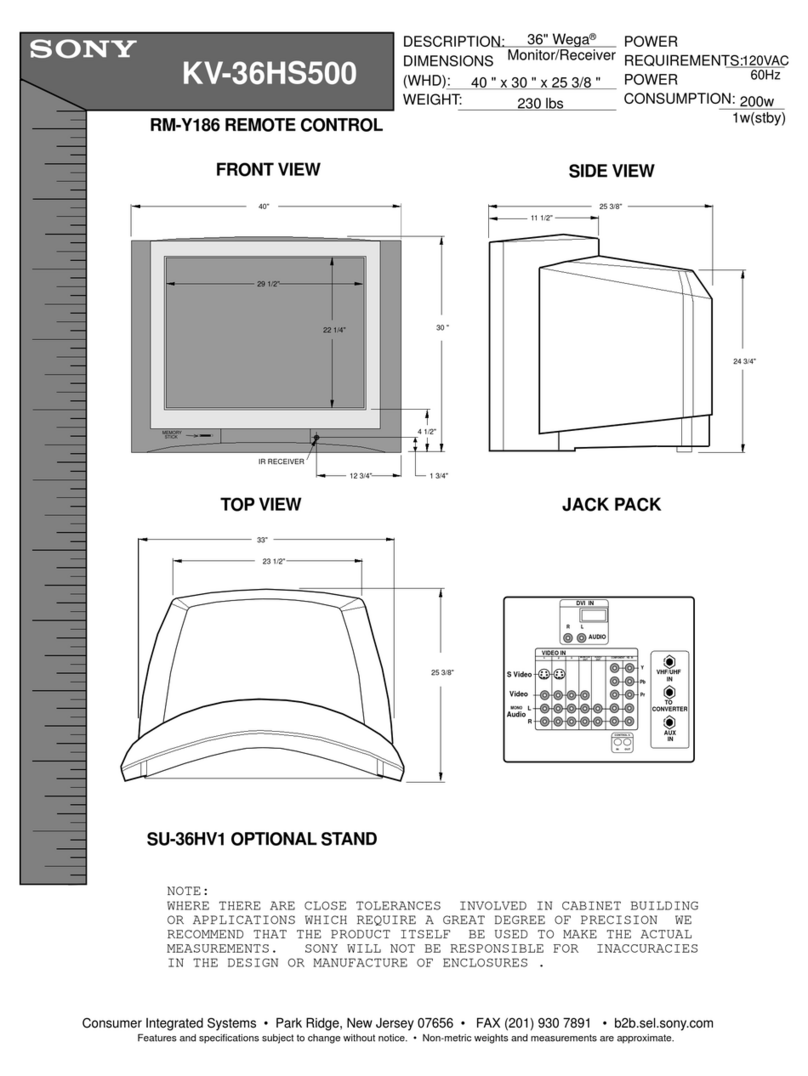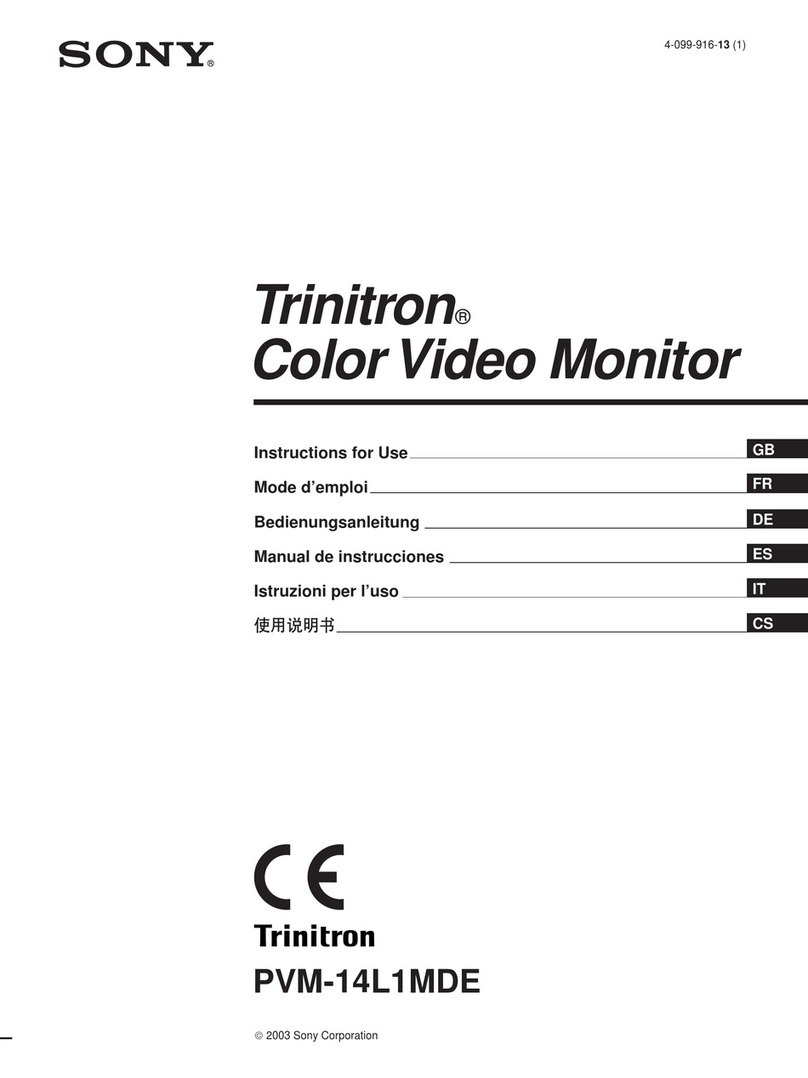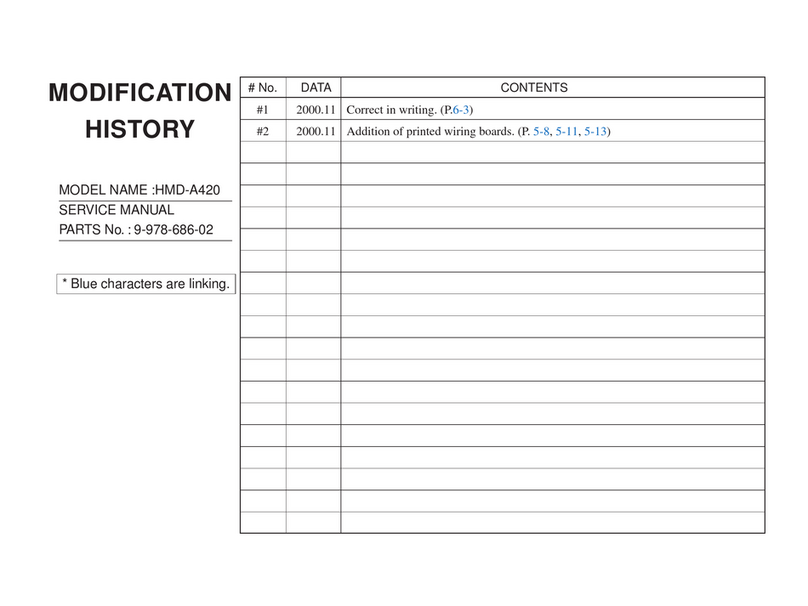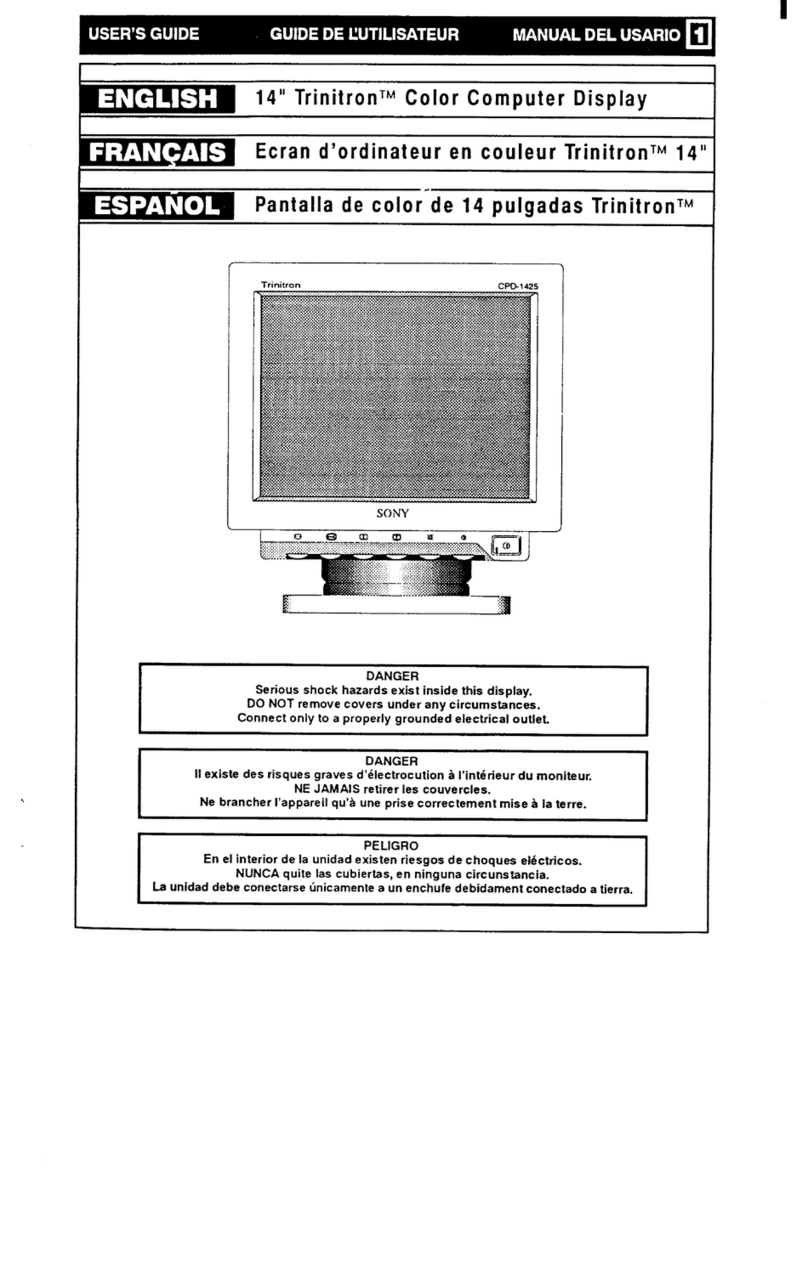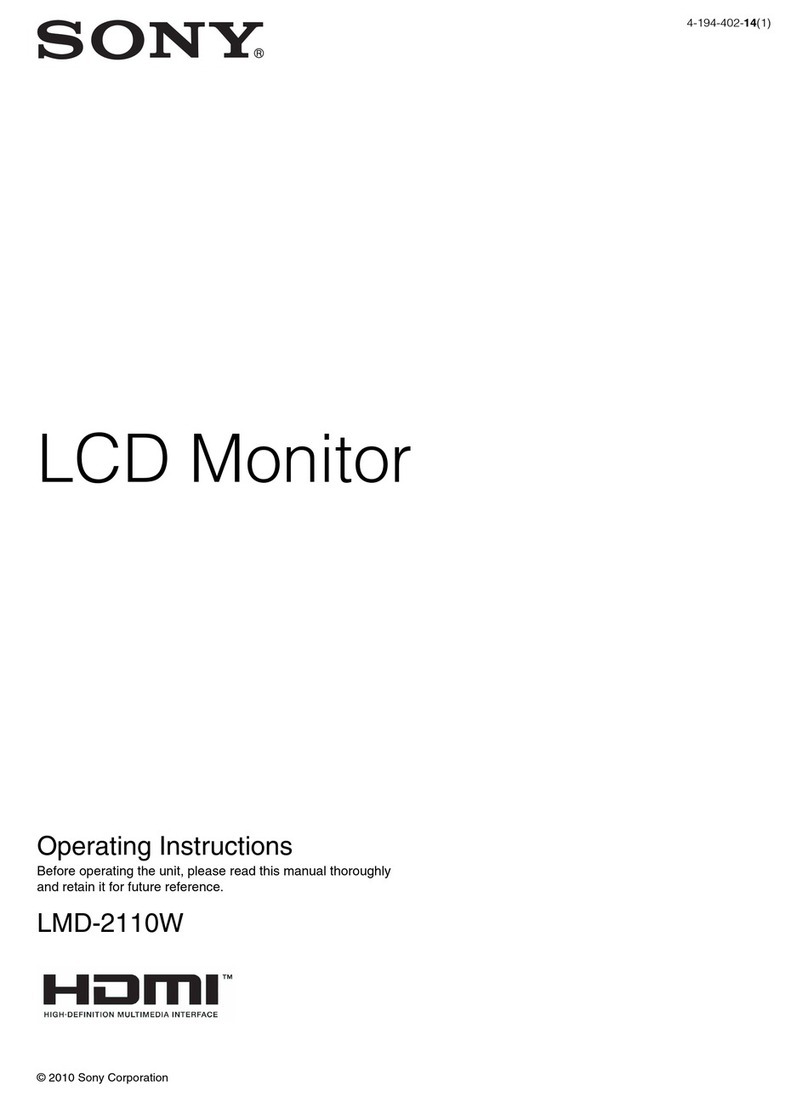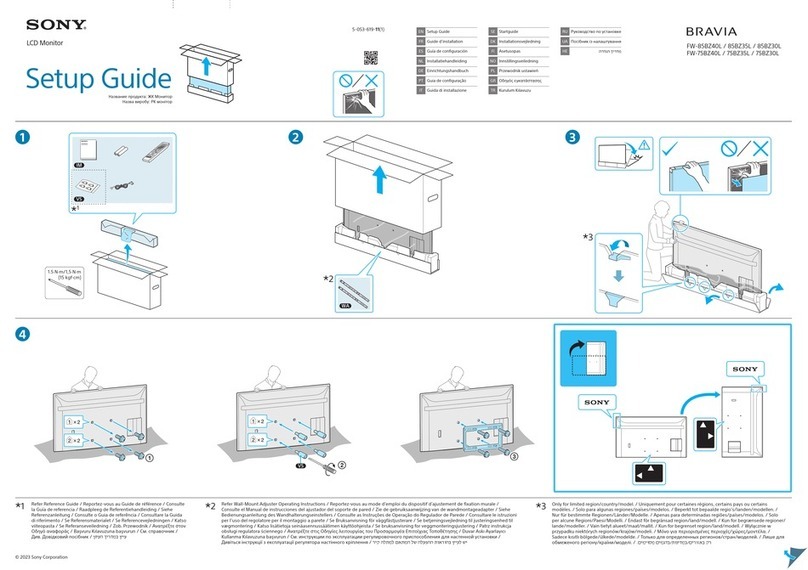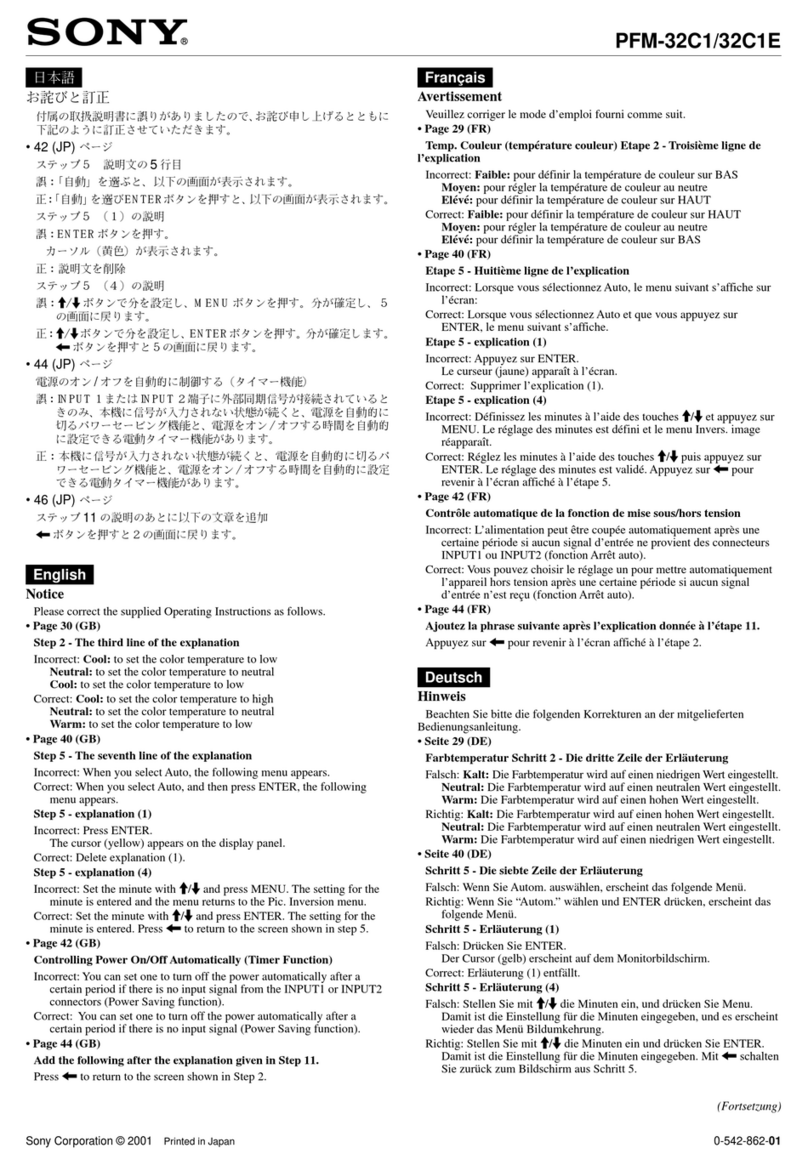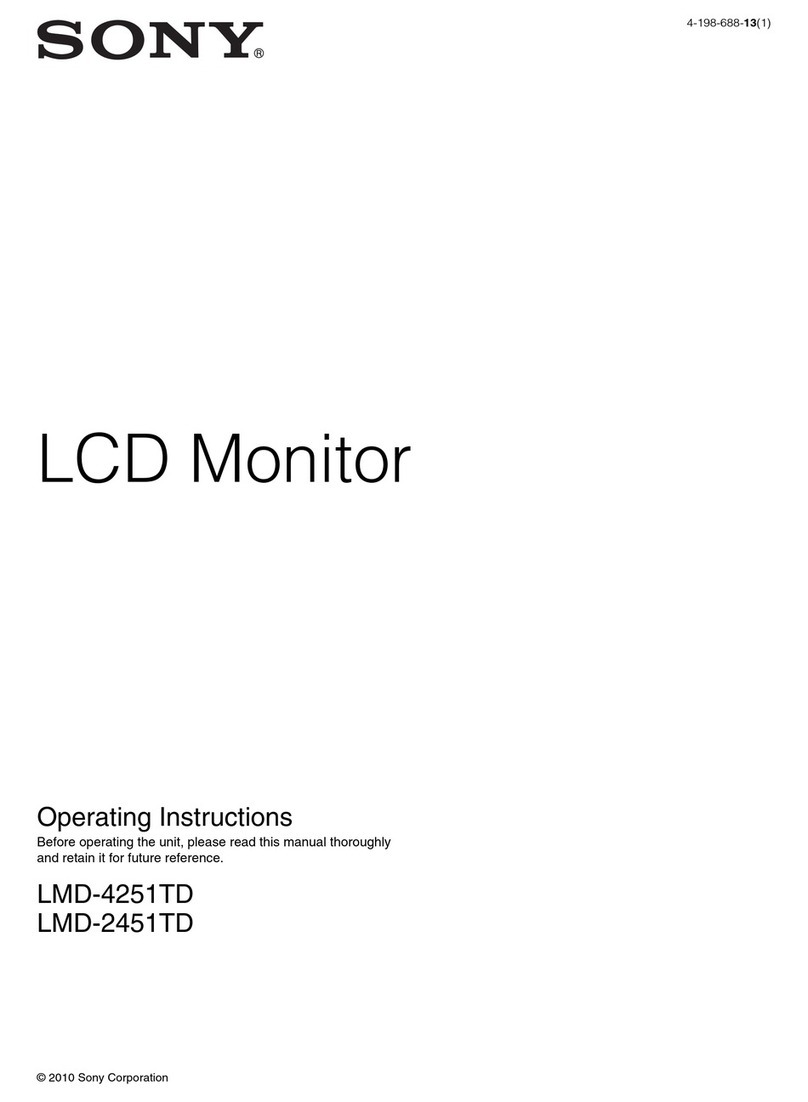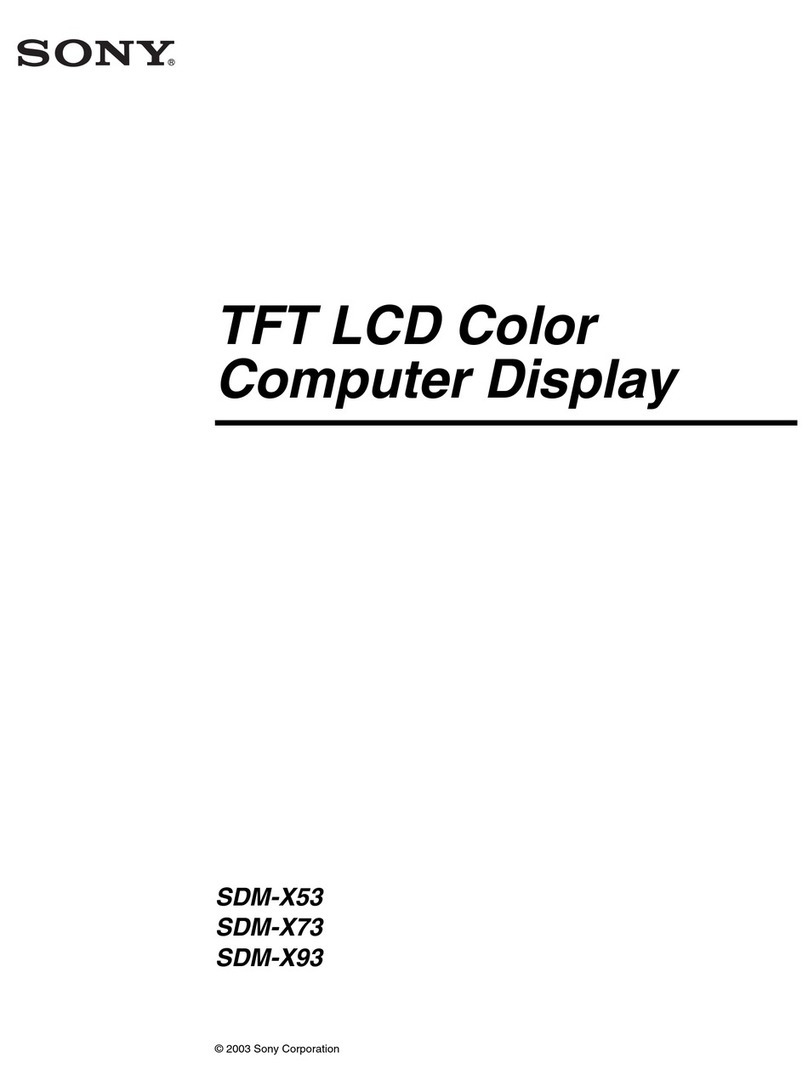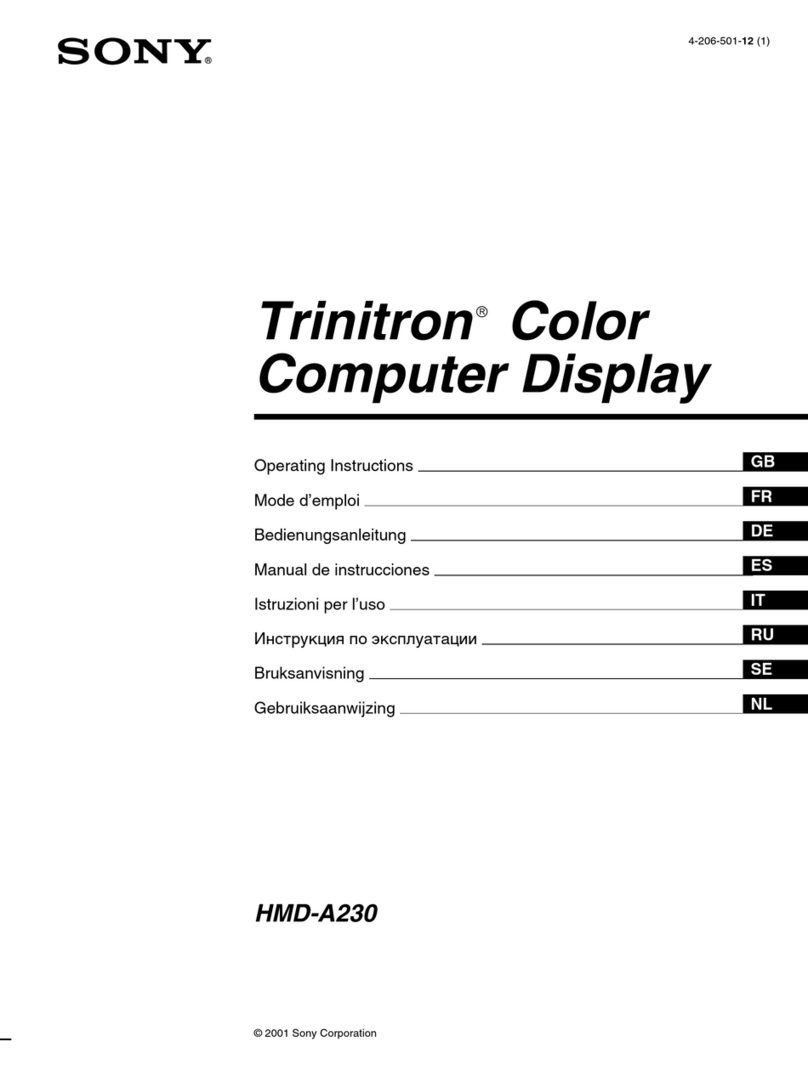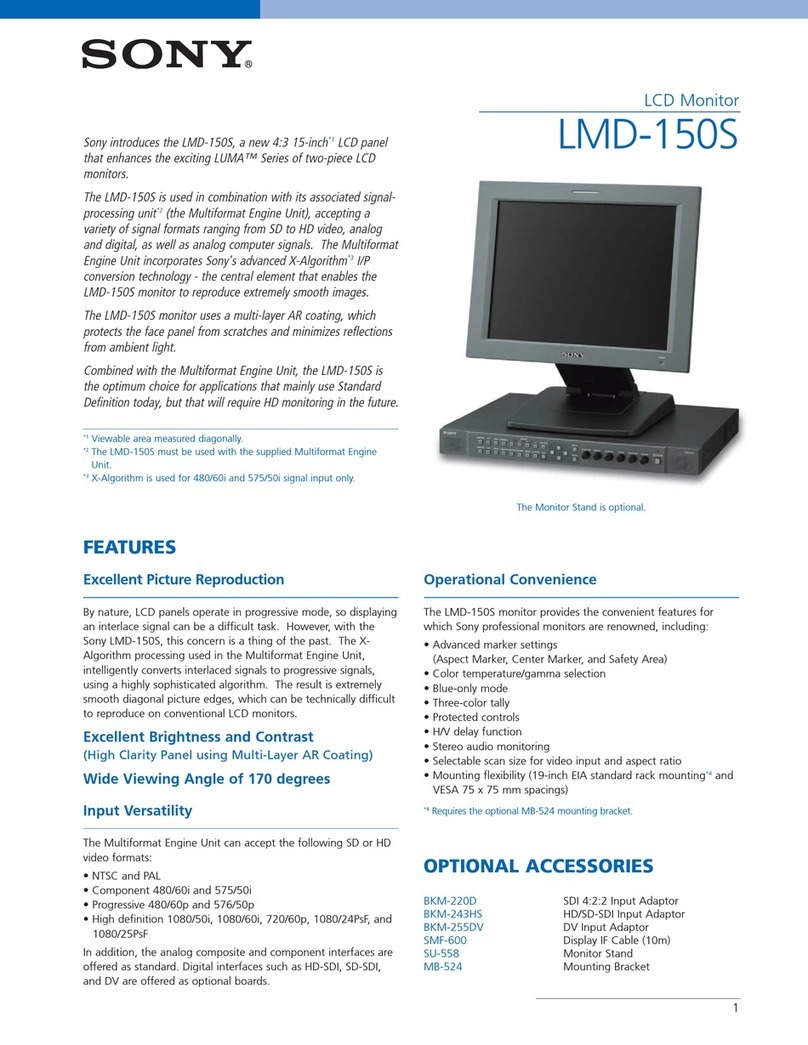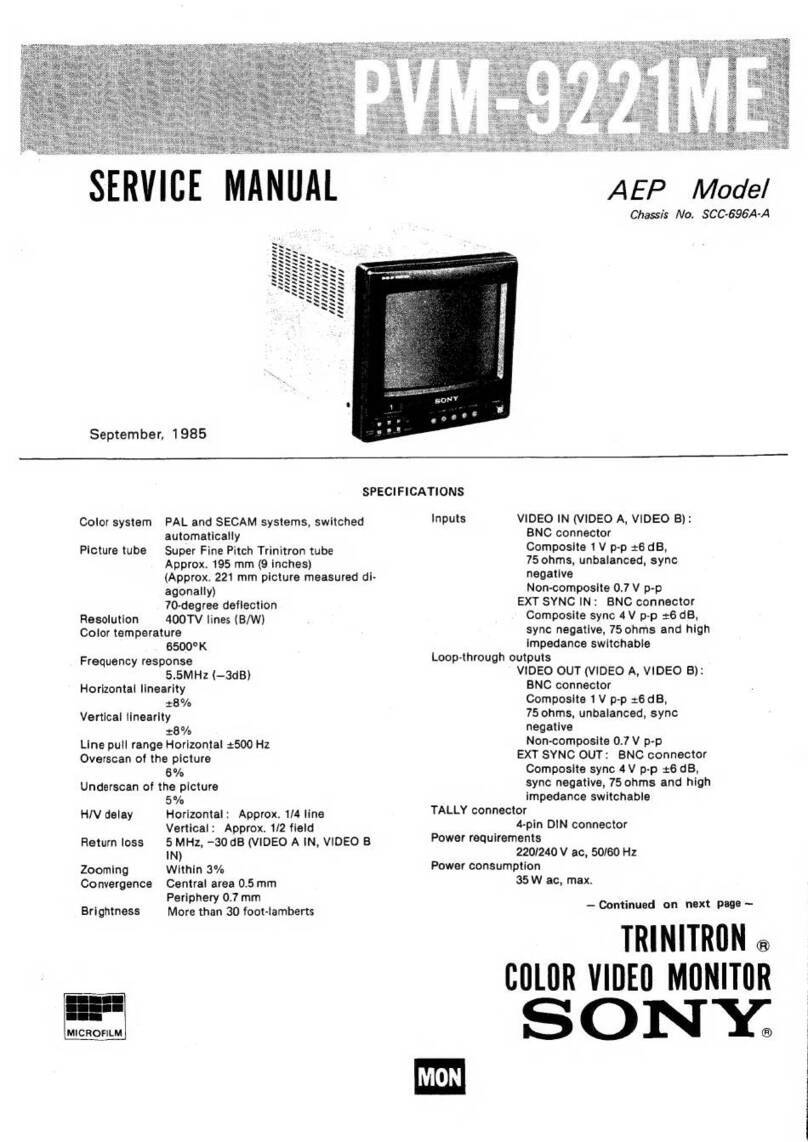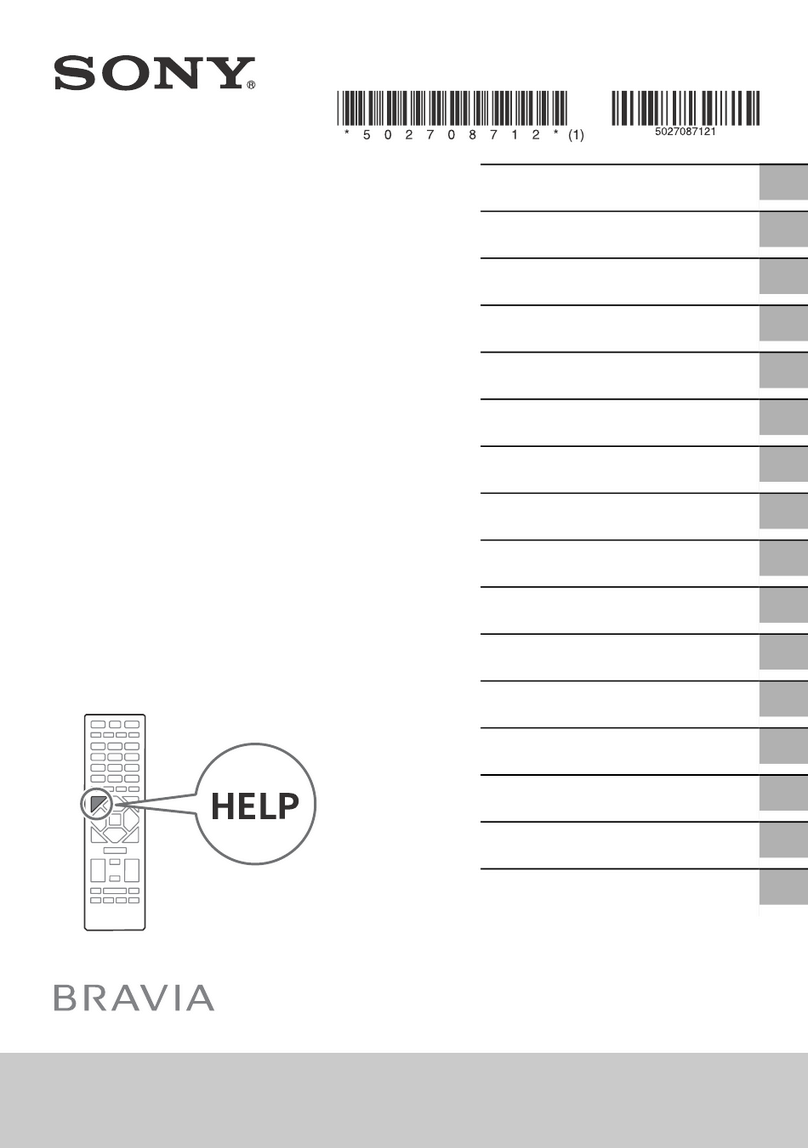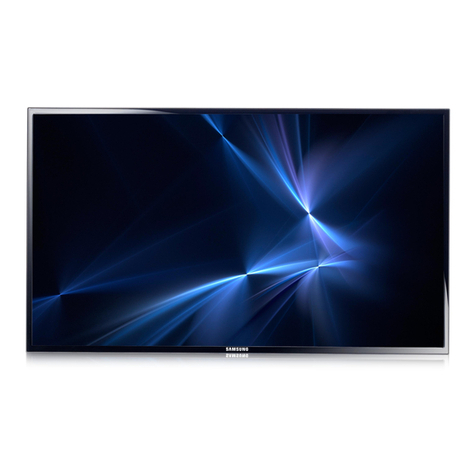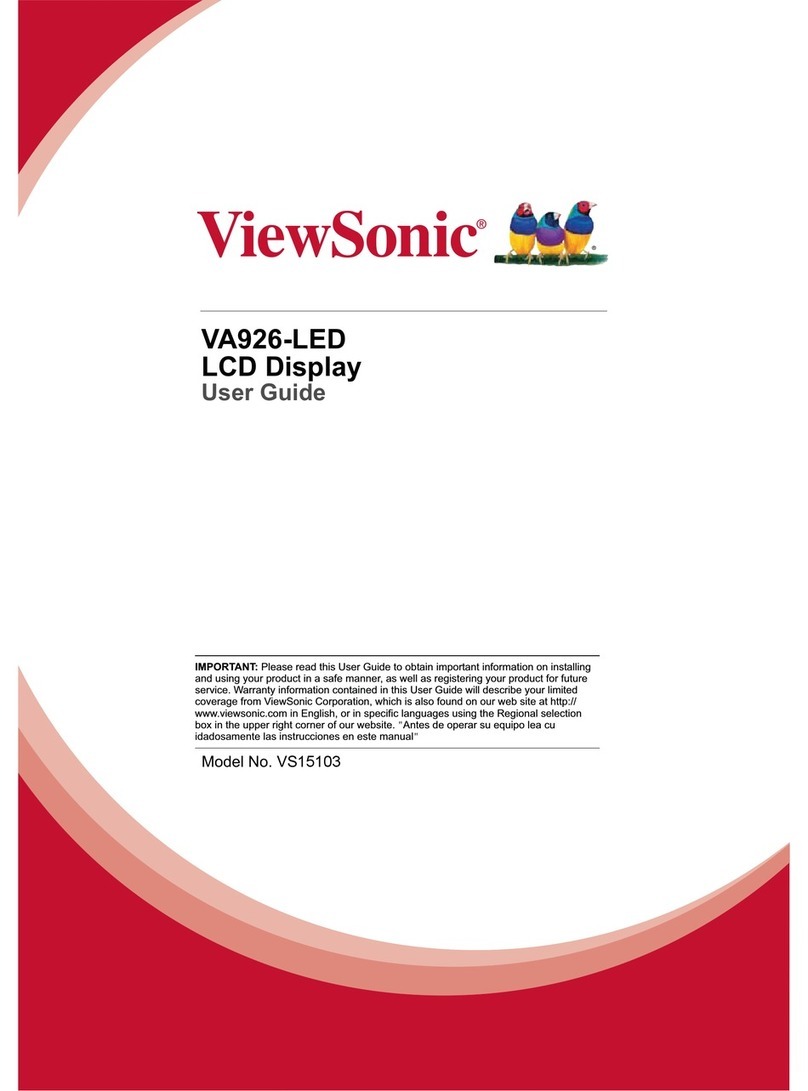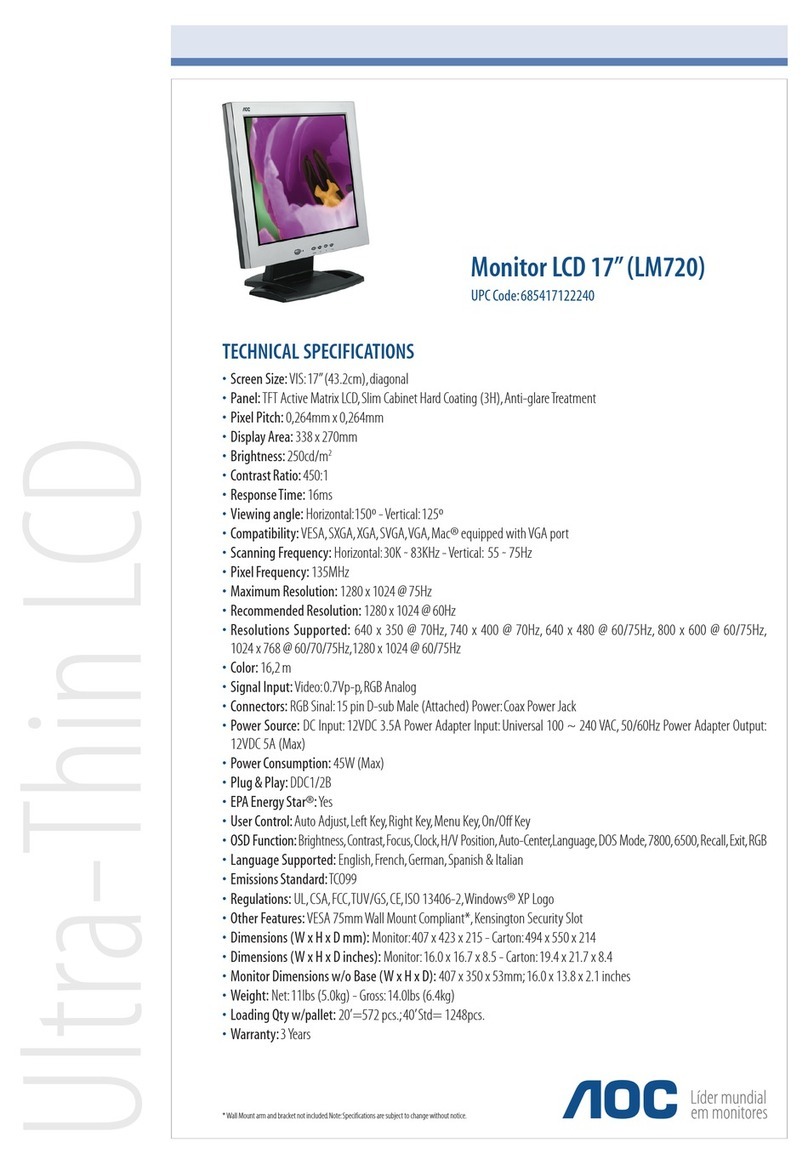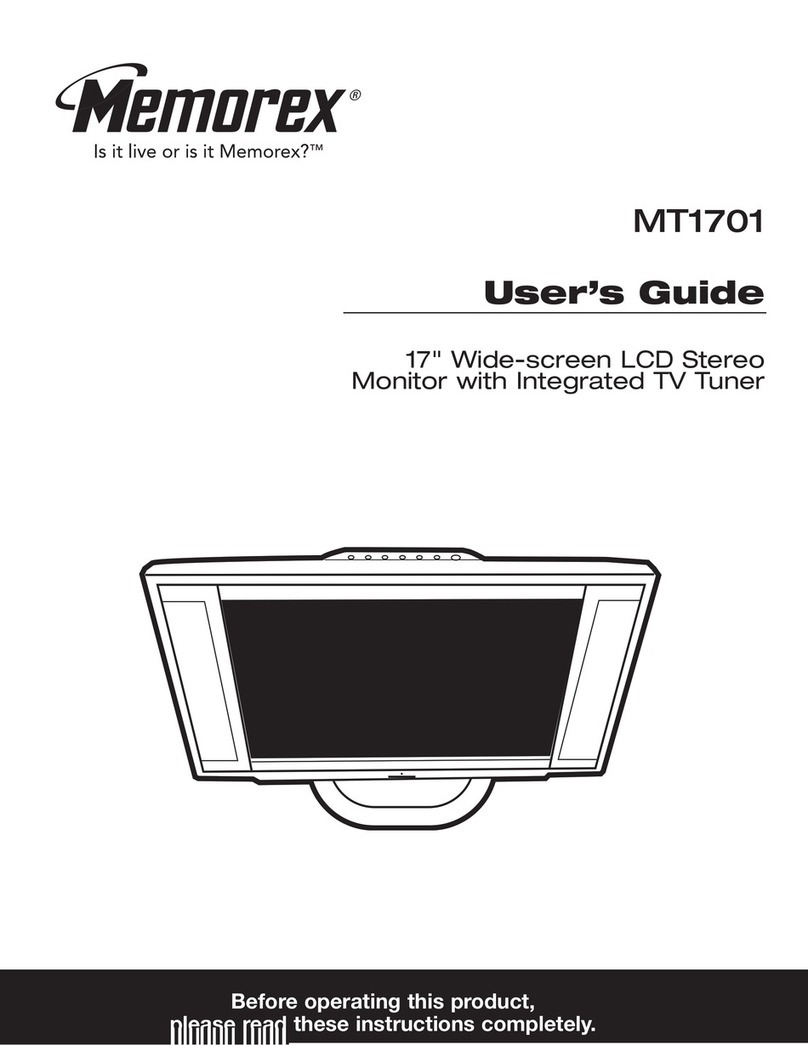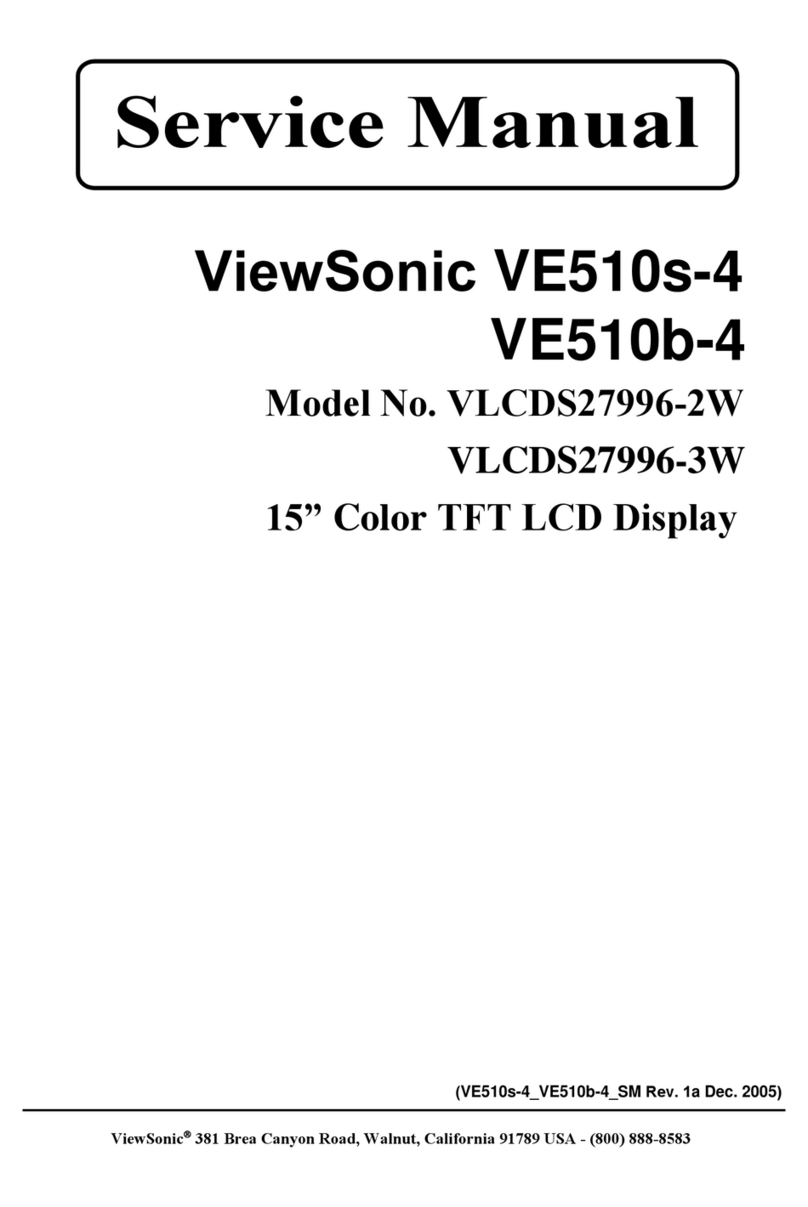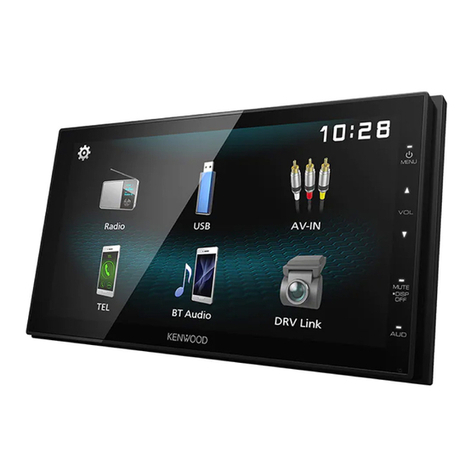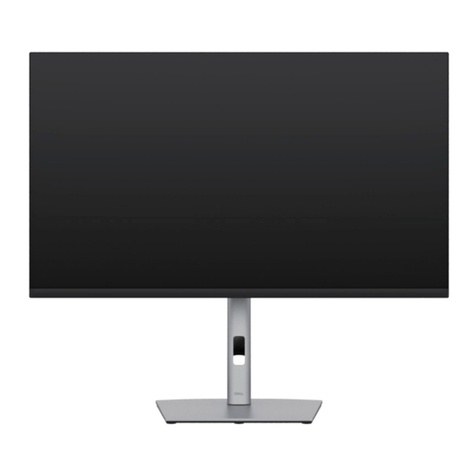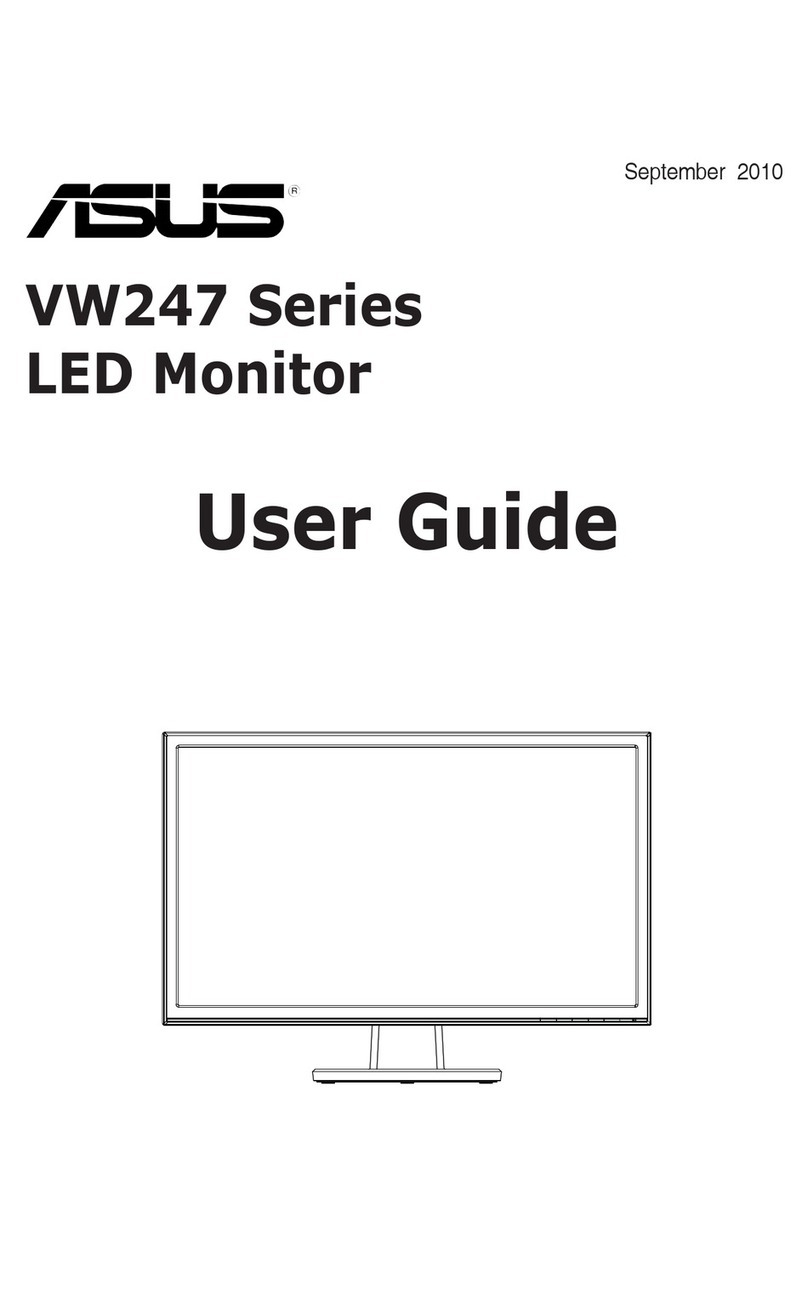This manual covers the following two models:
P\/M-2030: 20 inch picture tube
PVM-2530: 25 inch picture tube
The function and the appearance are the same. Any
difference will be clearly described in this manual.
TABLE OF CONTENTS
Outline 3
Precautions 3
Location and function of parts and controls 4
System connections 10
Connecting aVTR 10
Connecting avideo camera 11
Connecting several monitors 12
Connecting amicrocomputer 15
Specifications 16
Troubleshooting 18
OUTLINE
High-resolution picture
The Fine Pitch Trinitron picture tube, whose aperture grill
pitch is 0.55 mm (PVM-2030) or 0.73 mm (PVM-2530), gives a
high resolution (composite: 560 TV lines, RGB: 2000
characters) picture.
Analog/digital RGB input
Analog RGB and digital RGB input signals can be fed to the
RGB input connector (25-pin multi connector), which allow a
microcomputer to be connected to this monitor.
New Dynamic Color7M
If the color temperature is set to obtain “bluish white”, the
skin tone becomes unnatural. New Dynamic Color™ allows
bluish white and natural skin tone to be obtained by
controlling the amplitude of the RGB signals.
Colorpure filterTM
Fine picture detail without color spill or color noise is
obtained through the comb filter. The notches which form
along the horizontal contour can be eliminated through a
combination of the comb and other filters.
SVIDEO connector
The video signal from aVTR js composed of the
chrominance (Q signal and the luminance signal (Y). In a
composite video signal, these two signals are combined,
which reduces the video quality because the combined
signals tend to interfere with each other. However, when
input to the SVIDEO connector instead of the BNC
connectors or VTR connector, the composite video signal is
split into its component signals, thus eliminating the
problem of interference and assuring the video quality.
Powerful sound
The powerful hi-fi sound (15 W-h 15 W/8 ohms) is obtained
through the 2-way speakers (optional).
Touch panel control
When adjustment is needed, an orange indicator on the
touch panel controller lights up.
Control S
The CONTROL Ssignal allows remote control of several
monitors and aVTR through asingle monitor.
PRECAUTIONS
•Check that the operating voltage of your unit is identical
with the voltage of your local power supply.
•Should any liquid or solid object fall into the cabinet,
unplug the unit and have it checked by qualified personnel
before operating it any further.
•Unplug the unit from the wall outlet if it is not to be used for
several days or more.
•To disconnect the AC power cord, pull it out by the plug.
Never pull the cord itself.
Oiilns|al|at|on
•Allow adequate air circulation to prevent internal heat
build-up.
Do not place the unit on surfaces (rugs, blankets, etc.) or
near materials (curtains, draperies) that may block the
ventilation holes.
•Do not install the unit in alocation near heat sources such
as radiators or air ducts, or in aplace subject to direct
sunlight, excessive dust, mechanical vibration or shock.
To keep the unit looking brand-new, periodically clean it with
asoft cloth. Stubborn stains may be removed with acloth
lightly dampened with amild detergent solution. Never use
strong solvents such as thinner or benzine, or abrasive
cleansers since these will damage the cabinet. As asafety
precaution, unplug the unit before cleaning it.
Do not throw away the carton and packing materials. They
make an ideal container in which to transport the unit. When
shipping the unit to another location, repack it as illustrated
on the carton.
If you have any questions about this unit, contact your
authorized Sony dealer.
3
